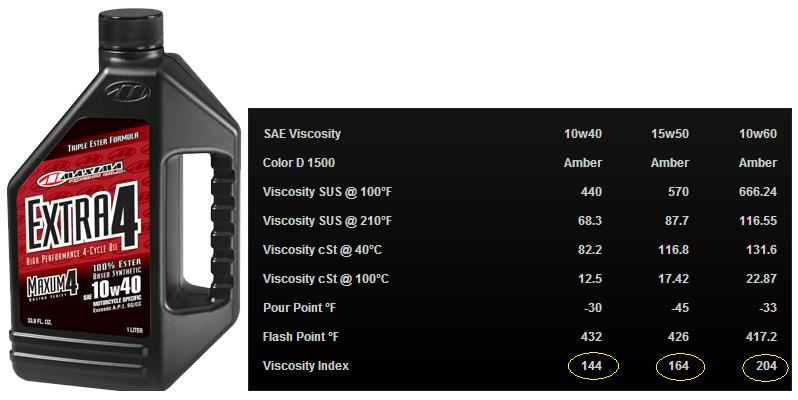So, I thought I would get into the topic of motor oil for quads, side x sides and dirt bikes. After reviewing mountains of information about oil and reading personal views from off-road racers and people in the oil industry, I realized I just opened a whole can of worms. On top of that, come to find out, oil manufactures really don’t have to label their products in black and white so you know exactly what you’re getting.
Like a lot of things, I found out oil is a lot about marketing. With the right words, catch phrases and industry approval rating symbols and logos. Oil brands can make an ordinary quart of motor oil seem like the best oil on the market for your powersports application.
By no stretch of the imagination am I a chemical expert on motor oils, but after doing some homework here is what I’ve been able to boil this huge subject down to.
Most motor oil on the market is conventional oil, also known as “mineral oil”, “petroleum based” and “dino oil” which is refined crude oil. Basically molecules in conventional motor oil are unorganized, creating inconsistency during the lubrication process. This allows parts of the motor to not always be 100% protected or operate at optimum level.
Synthetic oils in today’s market are not all true synthetic oils. Most of them are conventional oils refined through hydro-cracking. Below is an explanation on how this has become possible. True synthetic oils are man made in which the molecules are engineered and are 100% consistent allowing maximum lubrication.
So how do you tell if the motor oil you’re considering for your motorcycle, ATV or UTV is a real synthetic? Well…you can’t. Manufactures don’t have to disclose the true base in their synthetic blends. The factors that can shed light on whether or not a synthetic is a true synthetic are viscosity ratings and keywords such as Ester. Ester is only used in fully synthetic motor oils, it makes seals swell to help stop leaks. Ester blends are not used in conventional oils because petroleum based oils swell seals naturally. Not all companies disclose Viscosity Index Ratings, but if they do, a true synthetic has a VI rating over 150 (the higher the number the better). For more on Viscosity Ratings please go here and have fun…I did!
Example of where to look for an oil’s Viscosity Index (numbers are circled)
The 5 Groups of Motor Oil
Group 1 – This group of motor oil is made by distillation of crude oil, often referred to as “Dino Oil”. This process separates the components of the oil by their boiling point and the use of solvents to extract sulfur, nitrogen, and oxygen. This was the only commercial refinement process until the early 1970s, and the bulk of commercial oil products on the market today are still produced this way.
Group 2 – This group of motor oil is Group 1 crude oil refined with hydrogen at higher temperatures and pressures, the process is called hydro-cracking. These are still base mineral oils but with many of the higher performance features of synthetic oils.
Group 3 – Which are Group 2 oils but more heavily hydro-cracked have a very high viscosity index above 120, making them the equivalent of PAO (Polyalphaolefin) synthetic oils. Over the last few years Group 3 oils have been labeled “synthetic” through a legal loophole. These are petroleum based Group 2 oils that have had the sulfur refined out making them more pure and longer lasting. Group 3 “synthetic” motor oils must add Viscosity Additives being petroleum based.
Group 4 – This group of motor oil is all of the synthetic PAO (Polyalphaolefins). These motor oils are true synthetic oils. It’s the Group 4 PAO based synthetics that make the best motor oils.
Group 5– All other types of synthetic oils which are usually not compatible with petroleum fuels and have poor seal swell. These are used for air compressors, hydraulics, etc.
Top 4-Stroke Oil Brands
(In order, based on responses from independent surveys from off-road content publishers)
Initials and What They Mean
- API – American Petroleum Institute
- SAE – Society of Automotive Engineers
- PAO – Polyalphaolefins
- VI – Viscosity Index
Equation to find which oils with similar viscosity ratings has the higher Viscosity Index (higher VI is better).
Subtract Viscosity 100c rating from the Viscosity 40c rating. The oil with lower number from this equation has the HIGHER Viscosity Index Rating


